Ensemble Astera honored in Copenhagen
The ensemble wins first prize and the special prize for the best interpretation of the world premiere at the renowned Carl Nielsen International Chamber Music Competition.
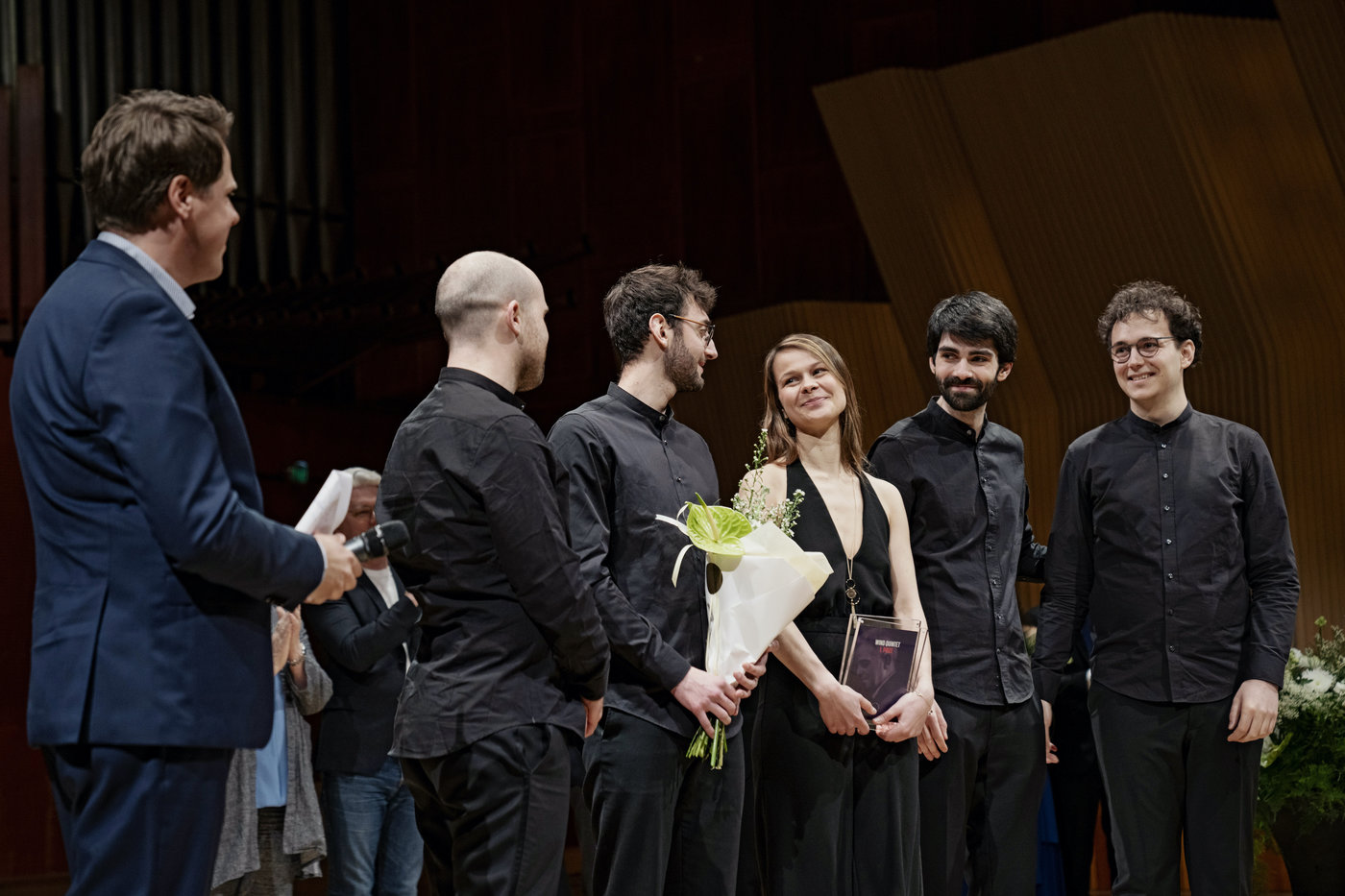
The Swiss-French Wind ensemble Astera consists of Coline Richard (flute), Yann Thenet (oboe), Gabriel Potier (horn), Moritz Roelcke (clarinet) and Jeremy Bager (bassoon), who are all former students of the Haute Ecole de Musique de Lausanne. They came together from all over Europe straight after their studies to form this ensemble and cultivate their shared passion for chamber music. Their different personal experiences have enriched their cohesion, their sound and their musical affinity within the wind quintet.
They are members of or work with renowned orchestras such as the Tonhalle Orchestra Zurich, the Orchestre National de Lille, the Orchestre de Chambre de Lausanne, the Gewandhaus Orchestra Leipzig or the Orchestre de la Suisse Romande.
According to Andreas Sundén, chairman of the jury and principal clarinettist of the Swedish Radio Orchestra, "the sound of this ensemble is refined and precise. With a balanced energy, convincing both as a group and individually, their playing is characterized by reflection and a deep expression for the composer."
Held every four years, the Carl Nielsen Chamber Music Competition is aimed at young string quartets and wind quintets. After a video pre-selection, it goes through three rounds; from a large repertoire, the ensembles also present a commissioned work that was composed especially for the competition.







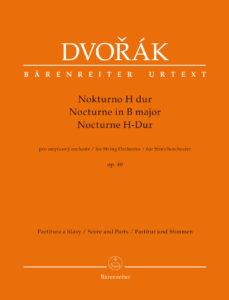
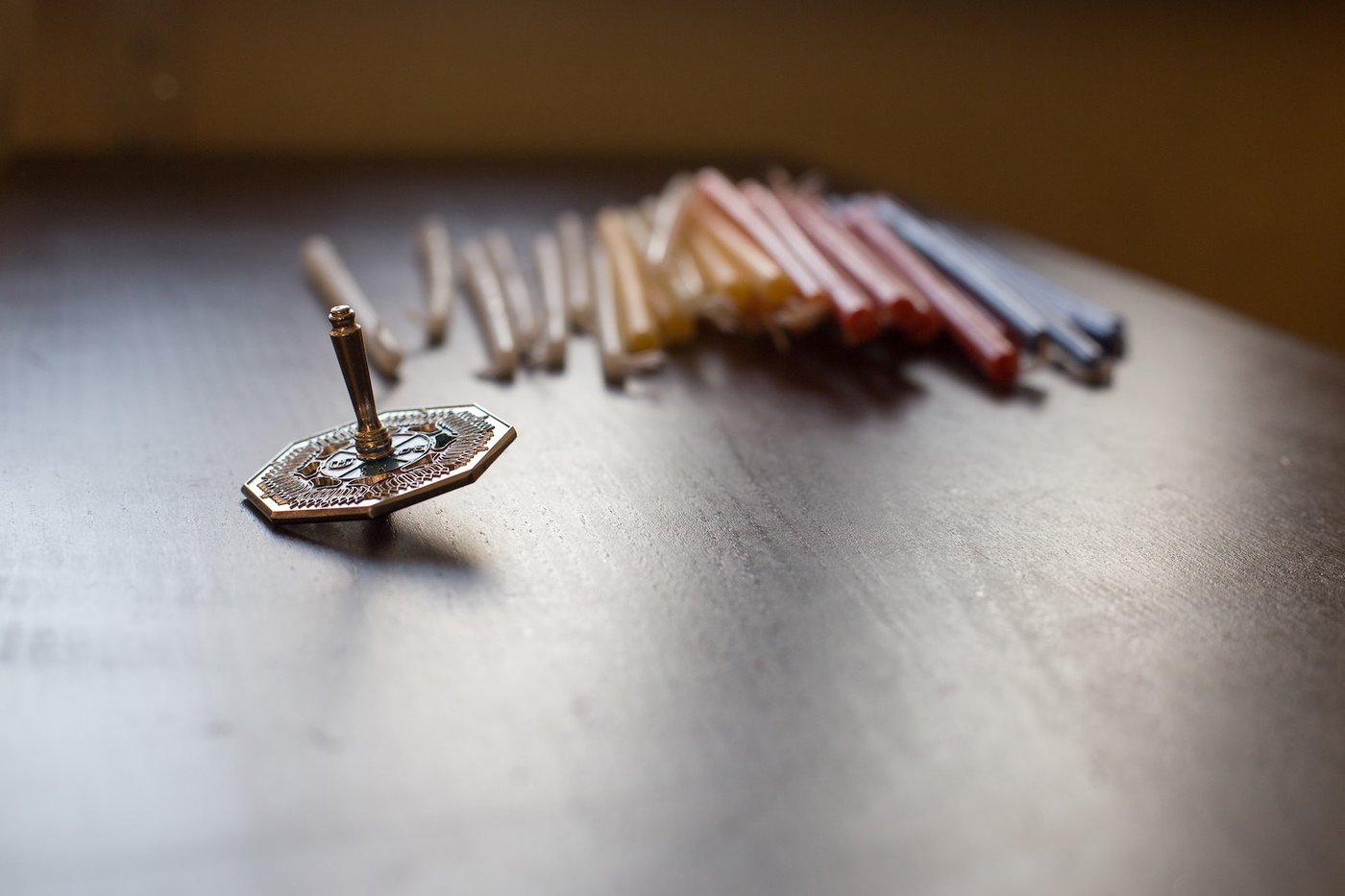
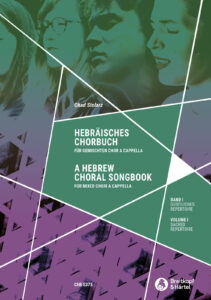
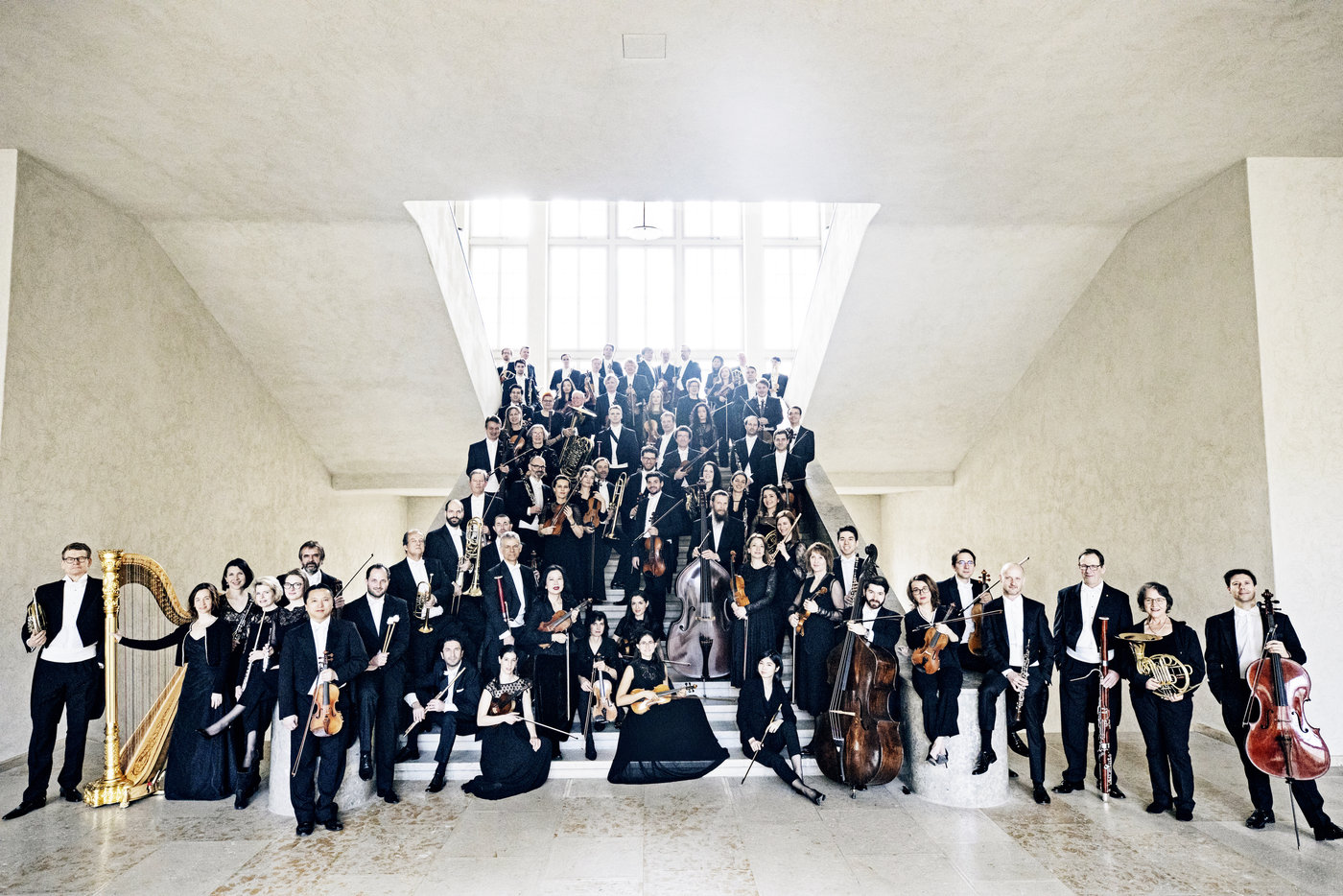
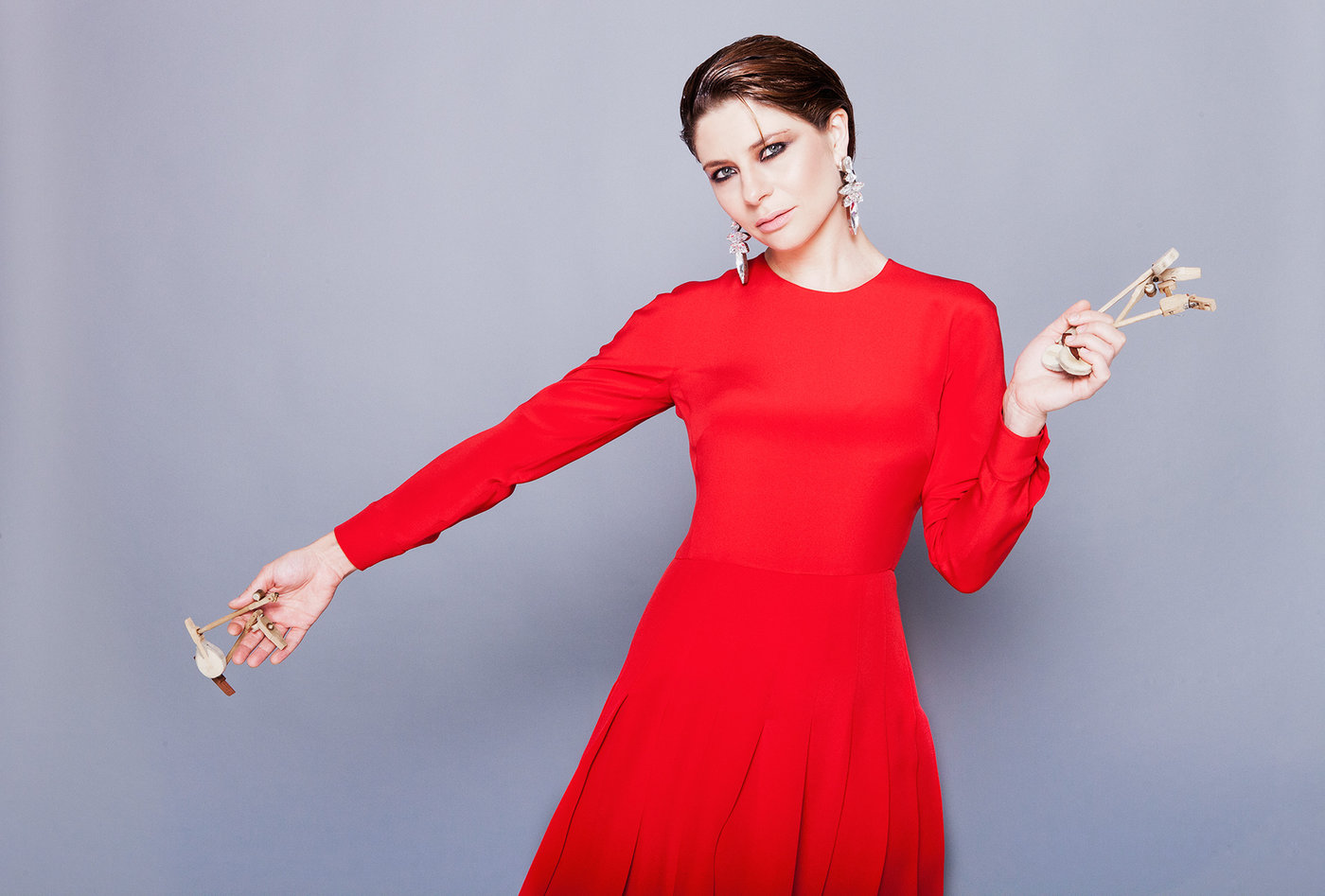


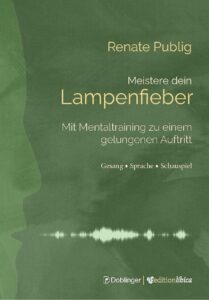

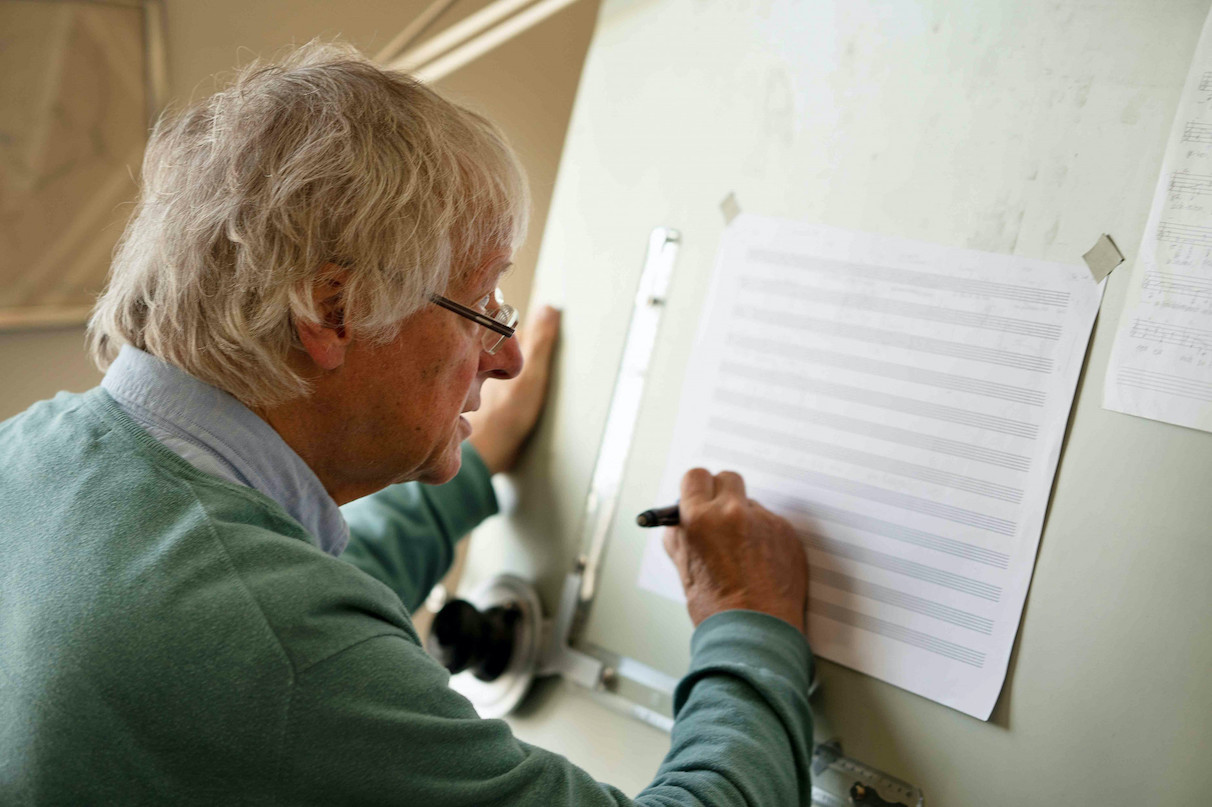

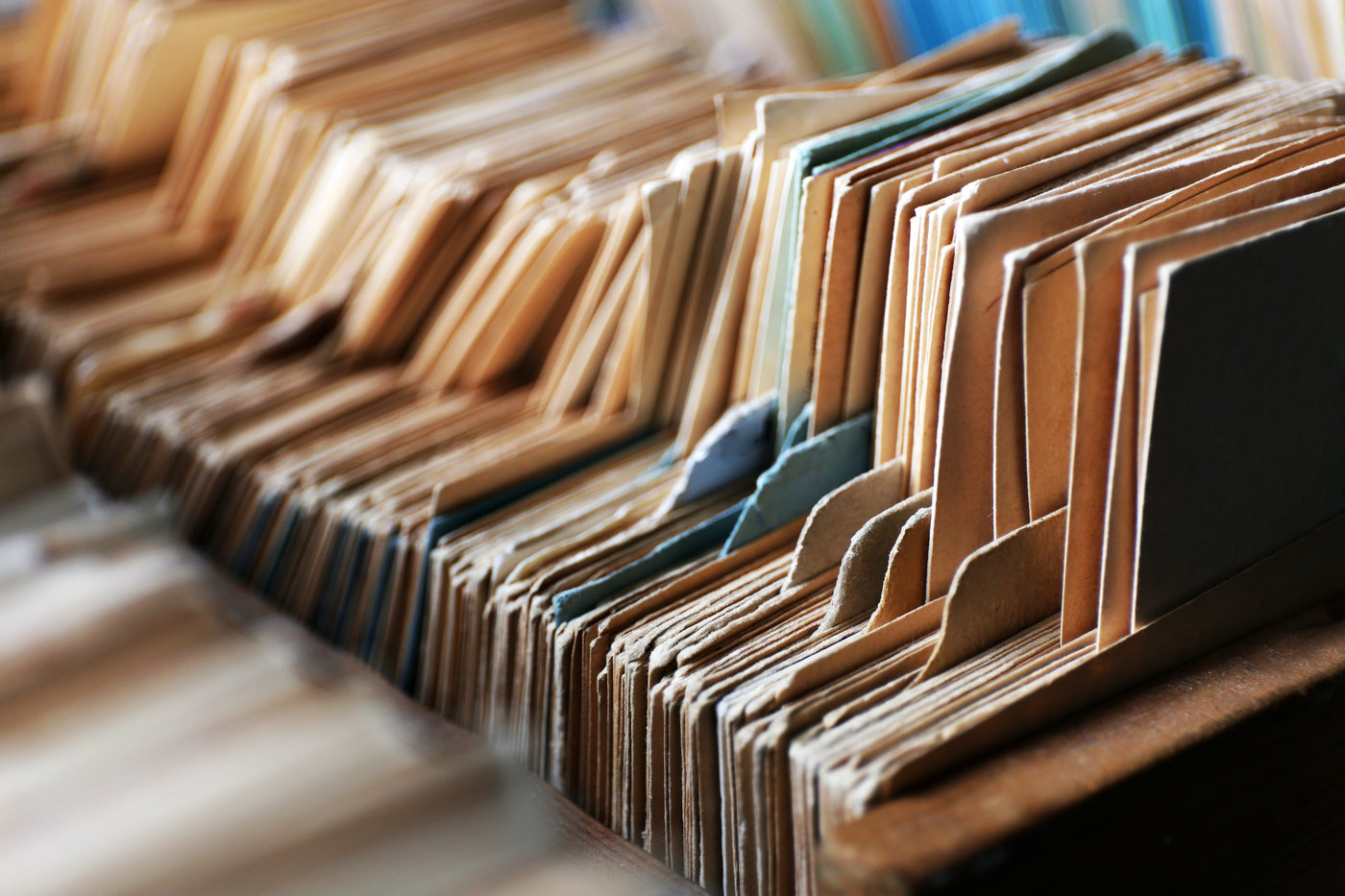

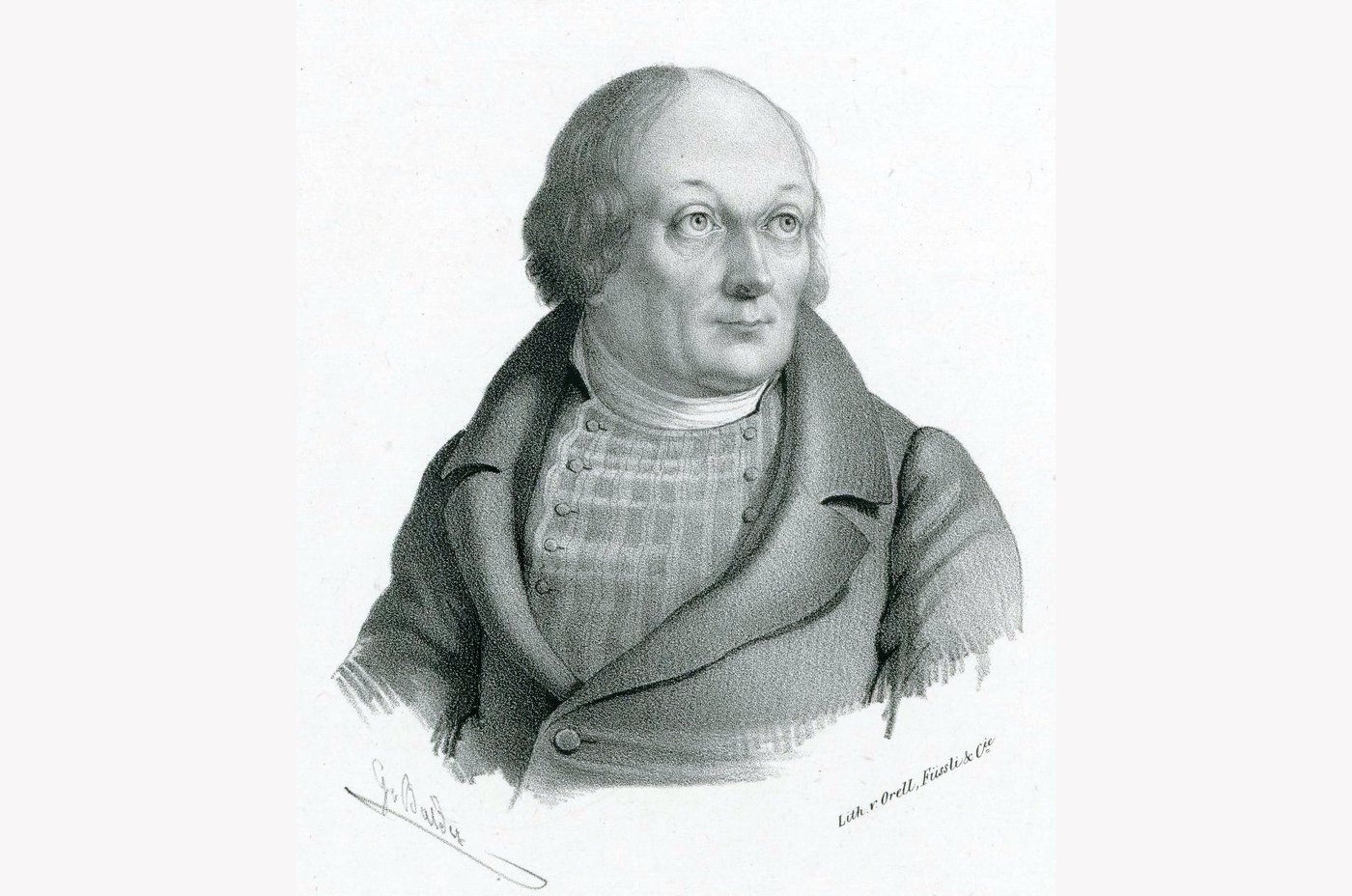


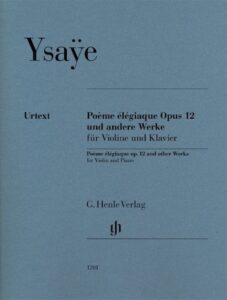

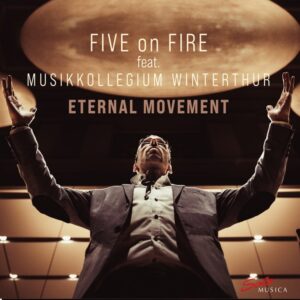
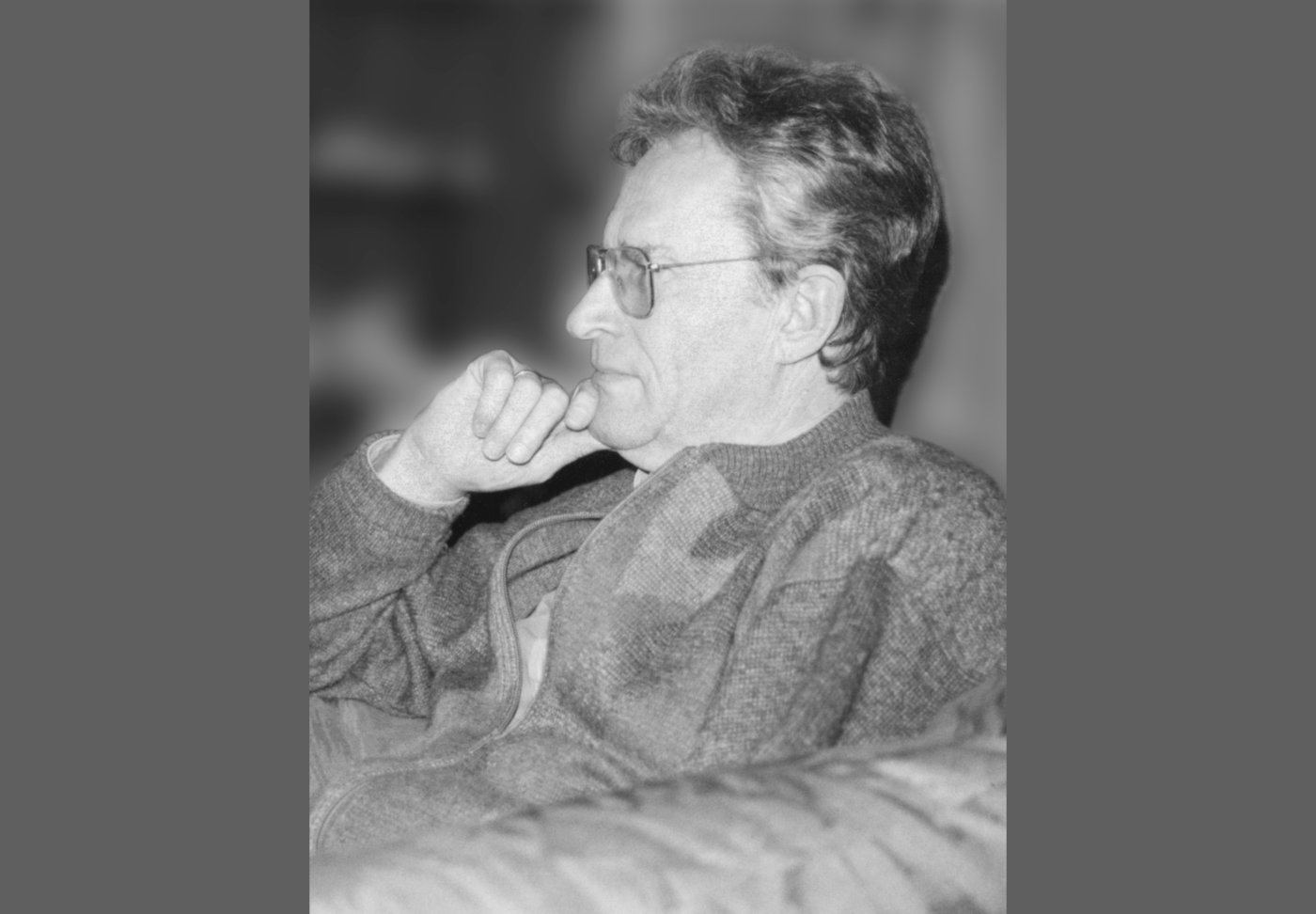
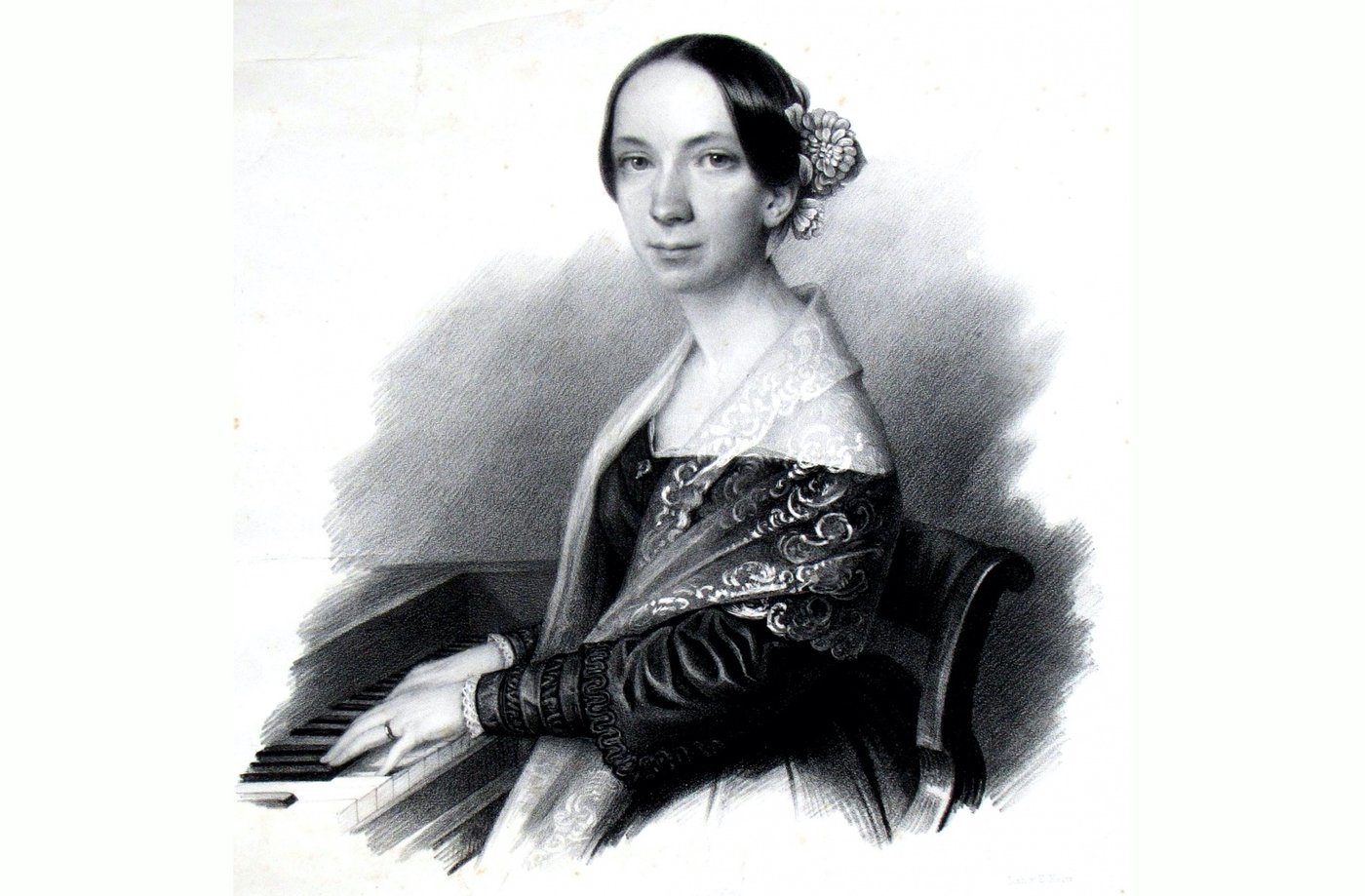
 Barbara Beuys: Emilie Mayer, Europe's greatest composer. A search for traces, 220 p., € 22.00, Dittrich, Weilerswist-Metternich 2021, ISBN 978-3-947373-69-7
Barbara Beuys: Emilie Mayer, Europe's greatest composer. A search for traces, 220 p., € 22.00, Dittrich, Weilerswist-Metternich 2021, ISBN 978-3-947373-69-7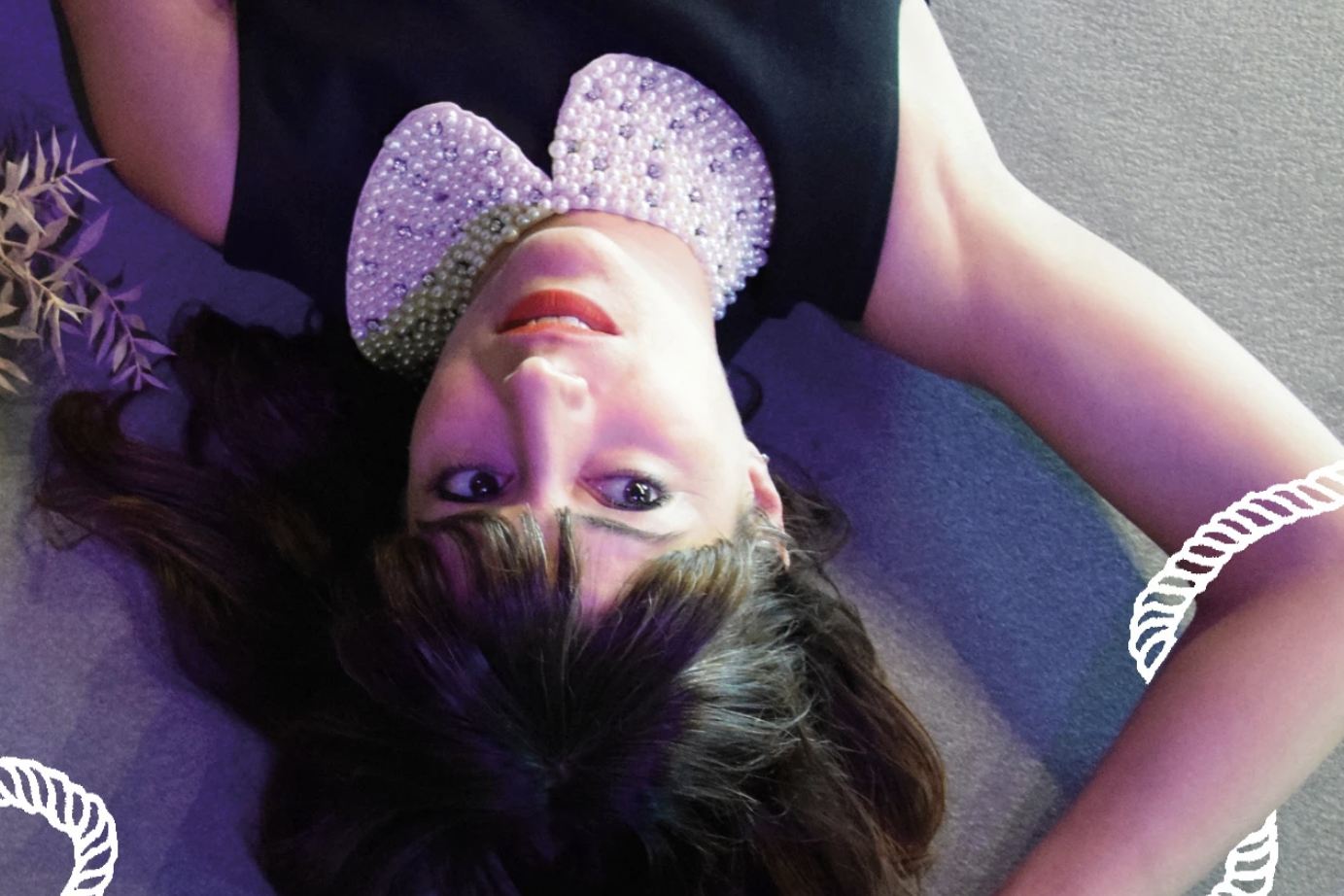
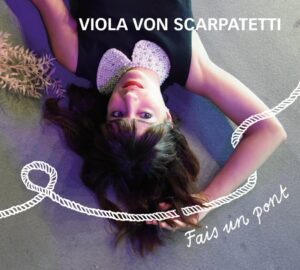

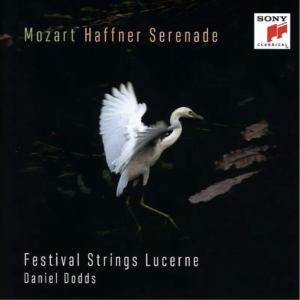 Mozart: Haffner Serenade. Festival Strings Lucerne, Daniel Dodds, violin & direction, Sony Classical 0196587250621
Mozart: Haffner Serenade. Festival Strings Lucerne, Daniel Dodds, violin & direction, Sony Classical 0196587250621